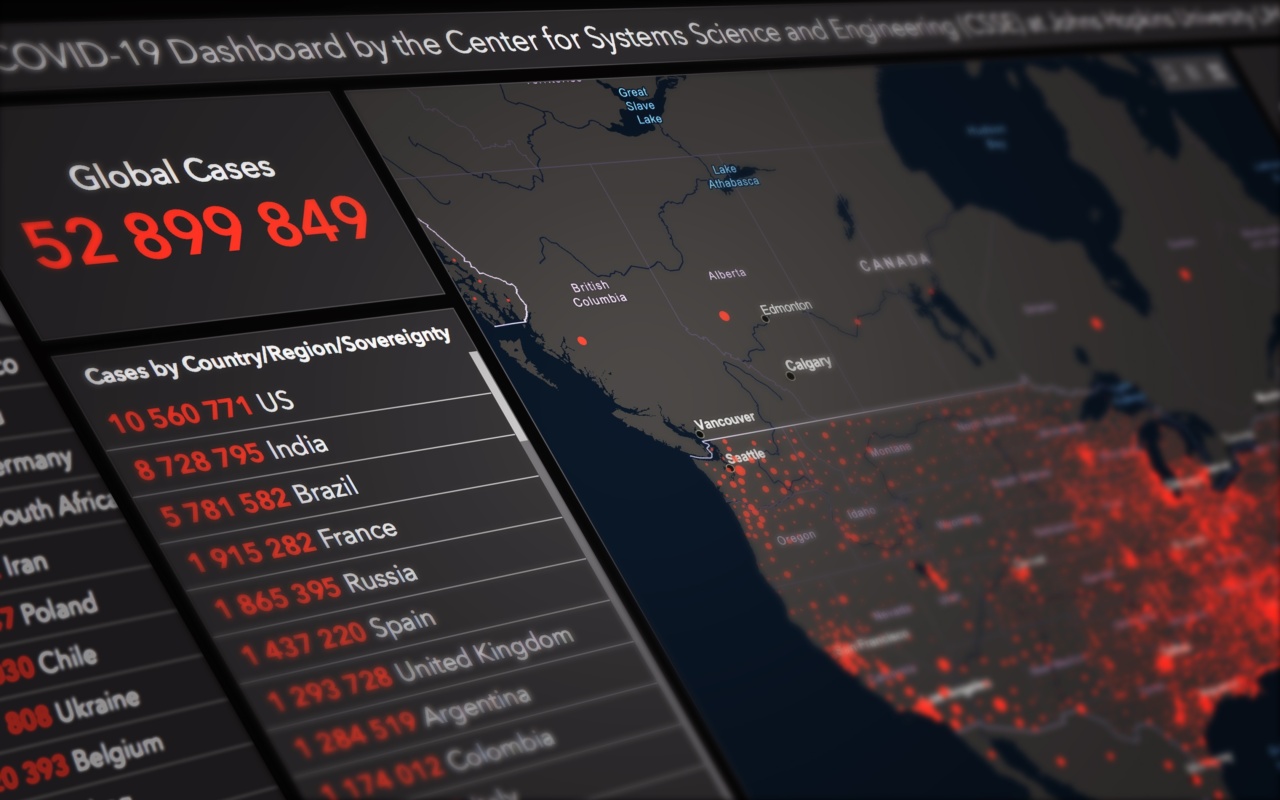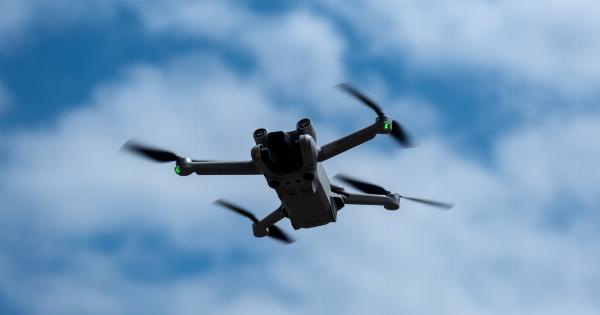Sewage analysis plays a crucial role in monitoring the health and wellbeing of our communities. It provides valuable insights into the prevalence of various substances, including drugs, pathogens, and contaminants, in a given population.
The National Center for Sewage Research (NCSR) has recently developed an innovative methodology that revolutionizes the way sewage analysis is conducted. This groundbreaking approach enables more accurate and timely detection of substances and offers great potential for public health and environmental monitoring.
In this article, we will delve deeper into the new sewage analysis methodology developed by NCSR and the potential benefits it brings.
The Need for Improved Sewage Analysis
Sewage analysis has traditionally been performed using conventional methods, such as collecting grab samples and analyzing them in a laboratory setting. While this approach has provided valuable information, it has several limitations.
Firstly, grab samples only offer a snapshot of the substances present at a particular moment, potentially missing fluctuating trends. Secondly, conventional laboratory analysis is time-consuming and resource-intensive, making it challenging to obtain real-time data necessary for effective monitoring.
The New Methodology: Continuous Sewage Monitoring
NCSR’s new methodology overcomes the limitations of traditional sewage analysis by implementing continuous sewage monitoring. This approach involves the installation of real-time monitoring equipment at strategic points in the sewage network.
These monitoring devices continuously collect samples of sewage, allowing for a more comprehensive and accurate analysis of substances present.
The continuous sewage monitoring devices developed by NCSR are equipped with advanced sensors capable of detecting a wide range of substances, including pharmaceuticals, illicit drugs, hormones, and microbial contaminants.
These sensors employ cutting-edge technology, such as mass spectrometry and DNA analysis, to identify and quantify the substances present in sewage samples.
The collected data from the monitoring devices are transmitted wirelessly to a central database, where they are analyzed in real-time.
This immediate analysis enables timely detection of substance trends and identification of potential hotspots for targeted intervention. Furthermore, the continuous monitoring approach offers the ability to track the impact of interventions in near real-time, allowing for more effective evaluation of public health and environmental initiatives.
The Potential Applications of the New Methodology
NCSR’s new sewage analysis methodology has a wide range of potential applications in various fields:.
1. Public Health Monitoring
The continuous monitoring of sewage can provide crucial insights into the prevalence and trends of drug consumption within a community.
By analyzing sewage samples at different points in the sewage network, health authorities can identify areas with higher drug usage rates, enabling them to allocate resources more effectively for prevention, treatment, and harm reduction initiatives.
2. Epidemiological Surveillance
Sewage analysis can be used as a tool for early detection of disease outbreaks and monitoring the spread of infectious diseases.
By analyzing sewage samples for specific pathogens, such as viruses or bacteria, public health agencies can quickly identify areas of concern and implement appropriate measures to contain and mitigate the spread of diseases.
3. Environmental Assessment
The continuous monitoring of sewage can help assess the environmental impact of certain substances and interventions.
By analyzing sewage samples for contaminants, researchers can evaluate the effectiveness of wastewater treatment processes and identify potential sources of pollution. This information can guide the development of more sustainable and environmentally friendly practices.
4. Drug Consumption Studies
Continuous sewage monitoring offers a unique opportunity for researchers to estimate the consumption of both licit and illicit drugs within a population.
By analyzing sewage samples, researchers can gather data on drug usage patterns, including temporal and geographical variations. This information can aid in the development of evidence-based drug policies and interventions.
Conclusion
NCSR’s new sewage analysis methodology represents a significant advancement in the field of sewage monitoring.
By implementing continuous sewage monitoring and utilizing advanced sensors and analysis techniques, this innovative approach enables real-time detection of substances and provides valuable insights into public health and environmental trends. The potential applications of this new methodology are vast and promising, ranging from targeted intervention in drug consumption to early detection of disease outbreaks.
As NCSR continues to refine and expand its methodology, we can expect even greater contributions to public health and environmental monitoring.































